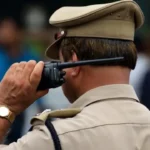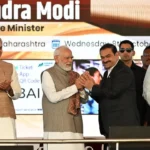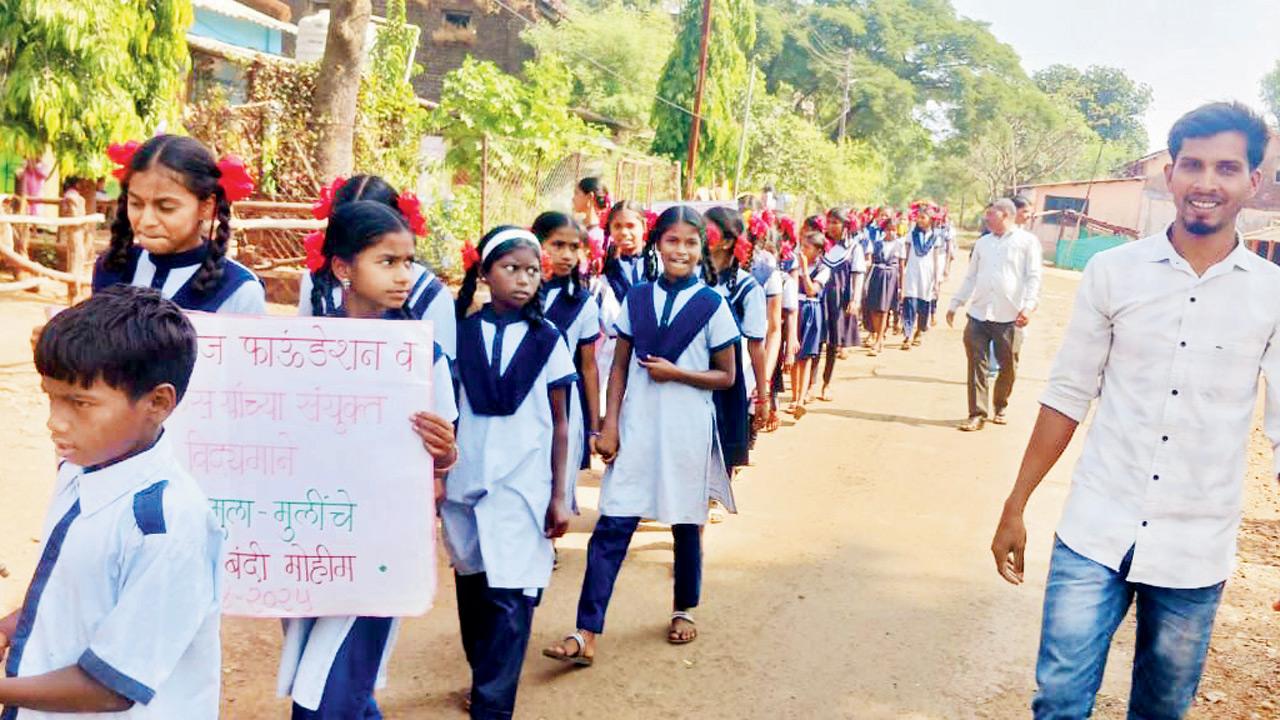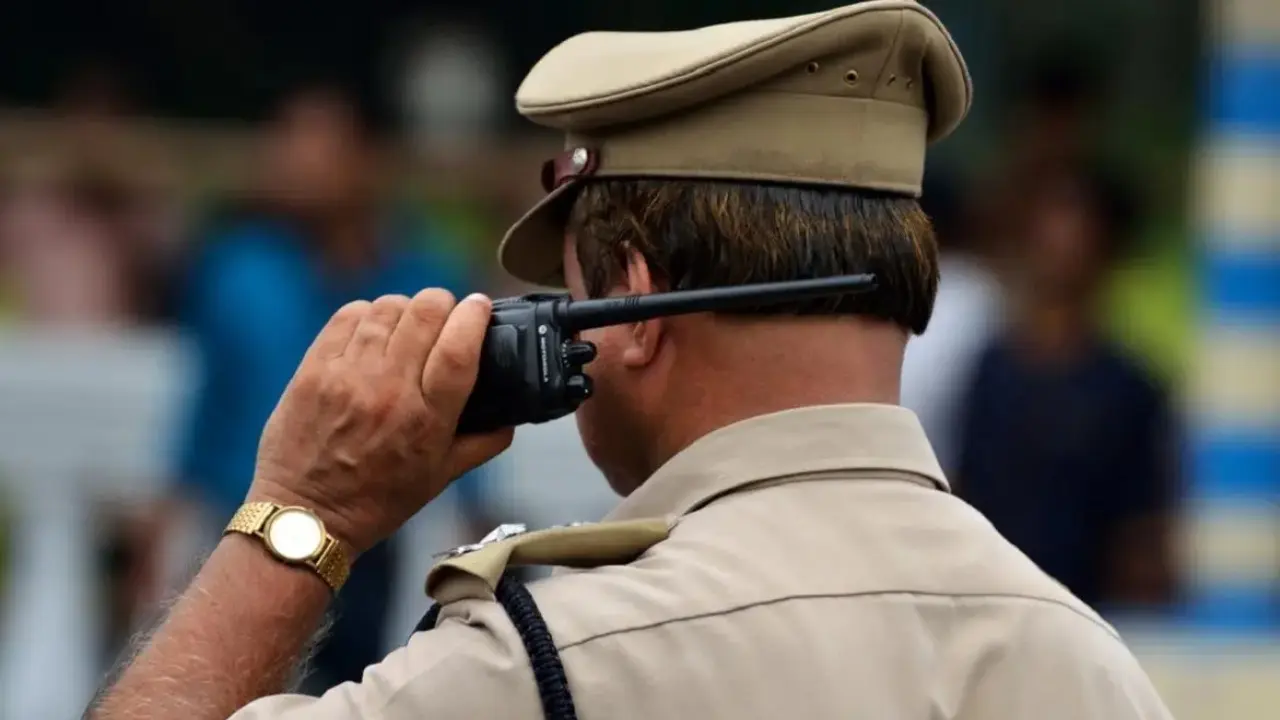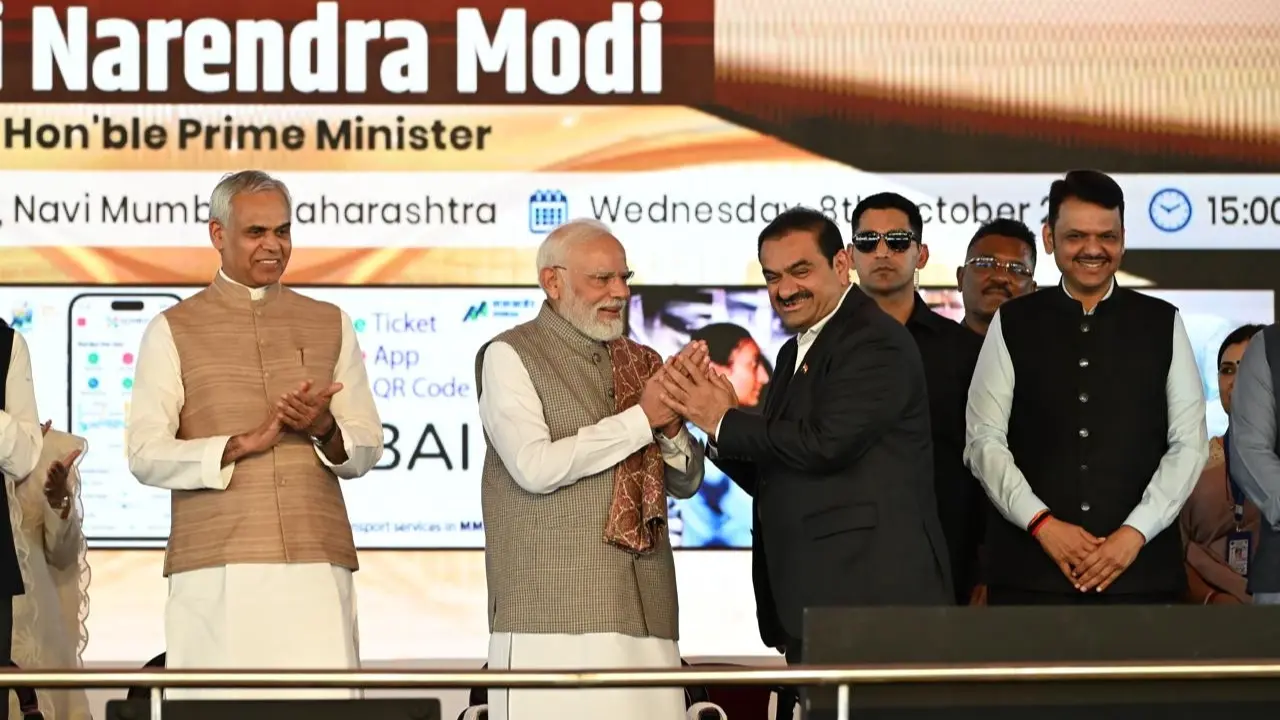I never thought I’d see the day my daughter would convince me not to marry her off early,” said 40-year-old Laxmi Bhoye, an unlettered resident of Mokhada block. “Now, I tell other parents too — let the girls study first; marriage can wait.” Across the tribal hamlets of Palghar district, a quiet revolution is underway. Girls and boys, many barely in their teens, are standing up against child marriage — and winning the support of parents, elders, and local leaders.
For decades, early marriage and teenage pregnancies were accepted as inevitable. The results were devastating: premature deliveries, high maternal and infant mortality, and girls losing their education before it had truly begun. According to reports, in the past three years alone, 15,253 child marriages were recorded across Maharashtra’s tribal districts. In the same period, 15,253 girls under 18 became mothers, and 810 children died due to malnutrition in Palghar alone. Nearly half of all tribal mothers here were married before 18, while almost 47 per cent are illiterate.
A movement led by girls
Change began in 2017, when Shraddha Shringarpure and her husband started the Diganta Swaraj Foundation. With a diverse team that includes several multi-sectoral experts and 30 tribal youth, they launched the Mokhada Yuva Swaraj Upakram to challenge several issues in the area, including child marriage and pre-marriage pregnancies. So far, the campaign has mobilised 10,000 children — 8000 girls and 2000 boys — across eight gram panchayats.
Workshops organised by the Diganta Swaraj Foundation, which focus on confidence, decision making, problem solving, and communication
Shraddha explained, “These villages are three generations behind. Girls are forced into marriage before 18, often without any voice of their own. But today, they are not only raising their voices — they are actively participating in passing resolutions in gram sabhas to stop child marriage. That’s real change.”
The most extraordinary shift is that the girls themselves have become the drivers. Through their Kishori Manch (Adolescent Girls’ Forum), they stage street plays, organise rallies, and persuade their parents not to push them into marriage. “We tell our families: we want to be the light of our homes. How can we do that if we’re married off too soon?” said a 16-year-old participant.
Perhaps the most touching aspect of this movement is the profound change of heart among parents who were once resistant. A father from one of the villages, who works as a daily wage labourer, admitted, “I used to believe that a girl’s place was in the kitchen, and that early marriage was our tradition. But my daughter told me she wanted to study and become a teacher. Now, all I want is for her to get the education I never had so that she can take care of us.”
Not every parent was easily convinced. In many cases, daughters have fought their parents in public forums. “My girl told me, ‘Baba, please don’t marry me now. Let me study so I can take care of you in the future’,” recalled another father. “I listened to her, and I am proud.” Each of the eight participating gram panchayats has passed anti-child marriage resolutions. Remarkably, not a single child marriage has been reported in these villages in the past year.
Dreaming ahead
The campaign is not only stopping marriages but also helping girls return to school through life-skill training and workshops focused on confidence, decision making, problem solving, and communication. “Girls had lost years of education,” explained Shraddha. “We need bridging courses in both private and government schools to help them catch up.”
The movement is now expanding to 105 villages, with the goal of reaching 30,000 girls. Parents who once saw marriage as inevitable are now backing their daughters’ ambitions. “I was married at 14, but I don’t want that for my daughter,” remarked a mother. “She wants to be a nurse. She will study.”
For Shraddha, the journey has just begun. She acknowledges the support from the Integrated Tribal Development Project (ITDP) and the zilla parishad, but emphasises that the challenges are far-reaching. “We need more than just awareness; we need a holistic change,” she said. “This includes ensuring access to water, providing markets to help our farmers, building health and education infrastructure, and getting support from everyone.”
In villages where wedding songs once marked a girl’s teenage years, the sound of school bells and the sight of books are slowly taking their place back. The fight has not been easy — convincing generations to let go of deep-rooted customs never is — but the determination of Palghar’s daughters has shown what is possible. And those dreams — of classrooms, careers, and a healthier future — are now rewriting the destiny of an entire community.




